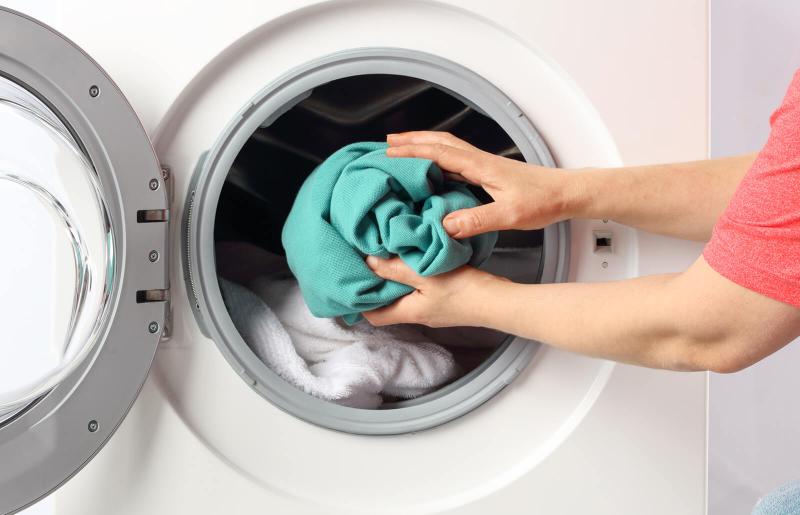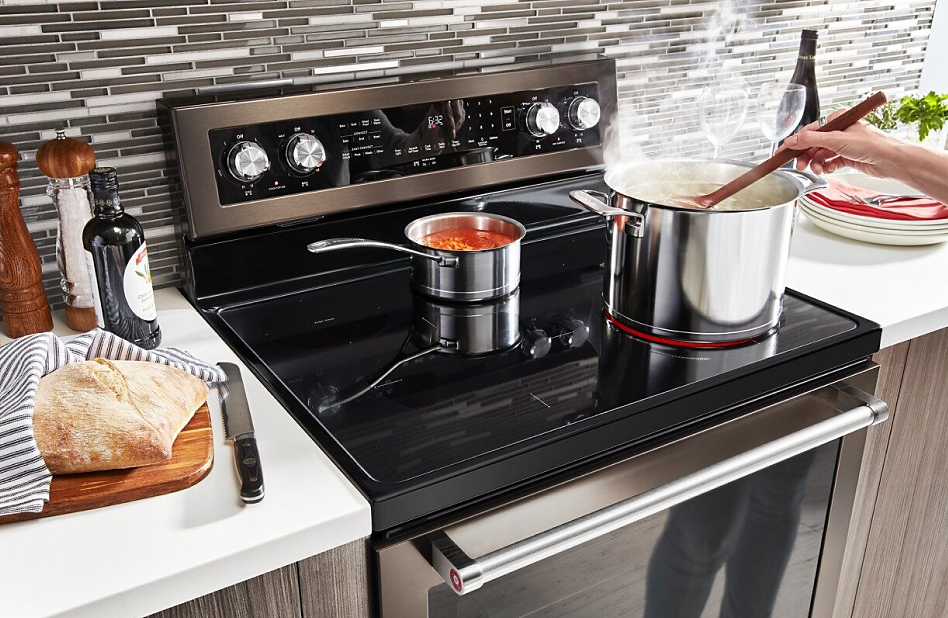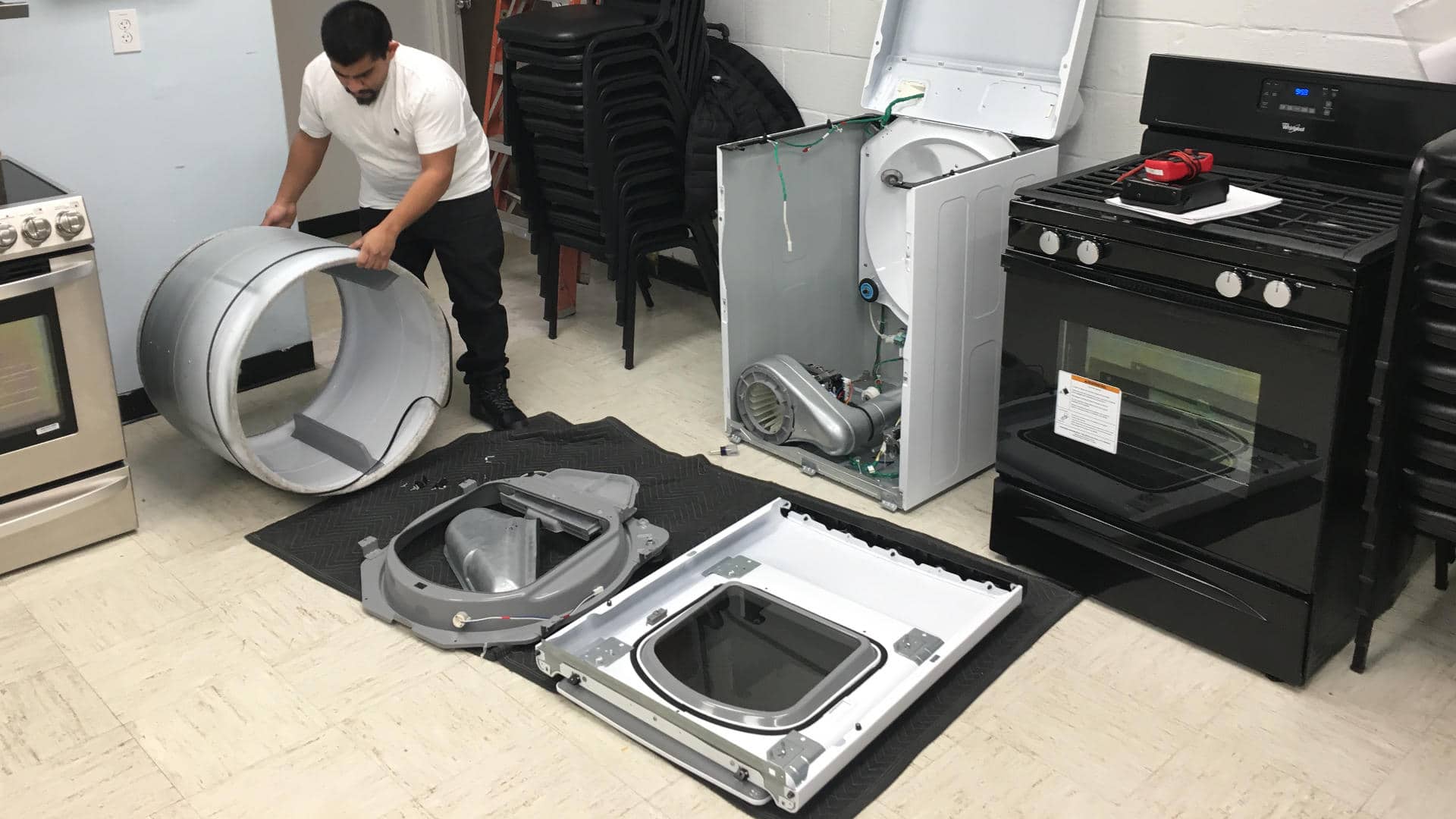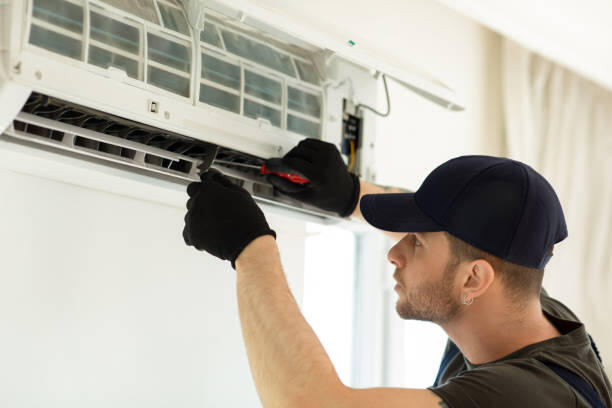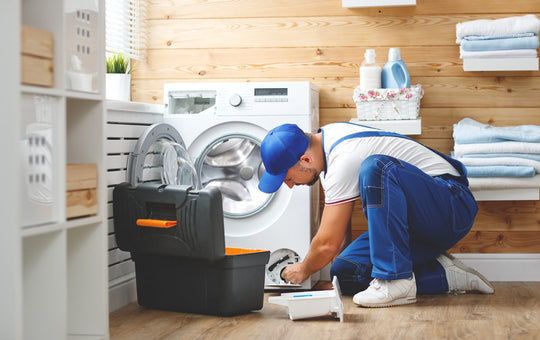Troubleshooting Your Dryer: A Comprehensive Guide
Proper maintenance and timely troubleshooting are critical to ensuring your dryer functions efficiently and safely. A malfunctioning dryer can lead to inefficient drying, extended laundry time, potential damage, and even pose a fire hazard. Additionally, a faulty dryer can increase energy consumption, resulting in higher power bills. To avoid these complications and potential costs, it's essential to address any dryer issues promptly.
In this in-depth guide, we will take you through the following aspects of dryer troubleshooting and repair:
1. Understanding Common Dryer Problems
2. The Dryer Troubleshooting Process
3. Understanding Manufacturer-Approved Replacement Parts
Identifying Common Dryer Problems You Can Diagnose
1. The Dryer Won't Start:
This issue can be attributed to problems with the power supply, door switch, thermal fuse, or start switch. If you prefer performing DIY dryer troubleshooting in these areas, we recommend examining the following components in an electric dryer:
- Dryer motor
- Clogged vent
- Faulty thermal fuse
- Moisture sensor
- Door switch
2. The Dryer Door Won't Close:
If your dryer door fails to remain closed, it's likely that the latch may be bent, missing, or the strike could be worn out.
3. Damaged Dryer Control Panel:
During a power outage or sudden surge, the control panel's thermal fuse may become compromised. This thermal fuse serves as a crucial safety feature, blowing in the event of overheating or power fluctuations, thereby preventing the dryer from catching fire.
4. Clogged Dryer Vent:
Over time, lint and other debris can accumulate in the exhaust vent, obstructing airflow. This blockage can place undue strain on the dryer's heating element, causing it to overheat. Furthermore, a buildup of lint can create a significant fire hazard.
5. Blown Thermal Fuse:
One of the most common issues with dryers is a blown thermal fuse, often caused by clogs. This component acts as a safety device, protecting the dryer from overheating.
6. Timer Motor Malfunction:
If the timer motor is not functioning correctly, it can lead to various problems with the dryer's performance. This component regulates the duration of the drying cycle and signals the dryer to stop when the cycle is complete. A malfunctioning timer motor can result in the dryer not shutting off, stopping prematurely, or not starting at all.
What You Will Need for DIY Dryer Repair
Equipment or Tools Needed:
- Voltage meter
- Long-handled bristle brush
Supplies or Materials Needed:
- Replacement belt
- New dryer drum
- New power cord
- Dryer vent
Instructions for Clothes Dryer Repair
If your dryer has stopped working properly or is not drying your clothes as it should, here are some steps you can take to troubleshoot the issue:
1. Check the Plug:
Ensure your dryer is properly plugged in, and verify that the circuit breaker hasn't tripped. If the dryer doesn't turn on at all, the issue may be related to the power supply.
2. Inspect the Circuit Breaker or Thermal Fuse:
For gas dryers, it's essential to ensure the pilot light is on and that there's a sufficient gas supply, particularly if you use liquid propane. Both electric and gas dryers require 240 volts to operate efficiently.
3. Examine the Start Switch and Drive Belt:
Electric dryers rely on a door switch for activation. These switches can malfunction or become covered in lint, necessitating replacement or cleaning with a cotton swab and rubbing alcohol to restore proper functionality.
4. Check the Temperature Sensor:
Verify the accuracy of the temperature sensor using a voltage meter. While inspecting these components, it's advisable to check the heating element and timer to ensure they are receiving electricity.
5. Investigate Humming Noises:
Unusual noises from your dryer are often due to worn drum bearings or supports. Unless you possess excellent tool-handling skills, it's best to hire a repair technician for such complex issues, as disassembling the entire unit may be necessary.
6. Examine the Drum Belt:
If your dryer is tumbling but not producing heat, the drum belt may be broken or loose. Check the condition of the old belt and replace it if necessary.
7. Clean the Lint Filter:
A clogged lint filter can cause a dryer to overheat and cease functioning. Remove the filter and thoroughly clean it before reinserting it into place.
8. Inspect the Dryer Vents:
The vent pipe carries hot air outside your home but can become clogged with lint, reducing airflow and causing your dryer to overheat. Check the vent and remove any obstructions to ensure proper ventilation.
9. Check the Heating Element:
A burnt-out heating element can also lead to a dryer not producing heat. Test the element with a multimeter and replace it if necessary.
10. Read the Manual:
If your troubleshooting efforts prove unsuccessful, it's advisable to carefully review the manual. Manufacturers often provide specific tips and tricks for resolving issues related to your dryer model. If you don't have the manual, you can typically find it on the manufacturer's website.
Understanding Manufacturer-Approved Replacement Parts
It's crucial to comprehend the concept of a "Manufacturer-Approved Replacement Part" when considering replacing any component in your dryer. Manufacturers release specifications, procedures, and recommended replacement parts for their devices.
Using an approved replacement part ensures that the replaced component is compatible and performs optimally, just like the original part. If you opt for a part not approved by the manufacturer, it could impact the device's performance and warranty, potentially leading to unforeseen issues.
To ensure the smooth operation of your dryer, it's essential to follow the manufacturer's instructions and exclusively use approved replacement parts.
Knowing When to Seek Professional Help
Dealing with a malfunctioning dryer can often be an overwhelming experience. While some problems can be resolved with the right troubleshooting knowledge, certain issues require professional attention.
It's vital to recognize when it's time to call in an expert. A professional service technician can accurately diagnose the problem, ensuring that your dryer is appropriately fixed and functions safely and optimally. When in doubt or when faced with complex issues, seeking expert assistance is the wisest course of action.
